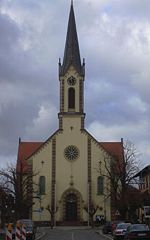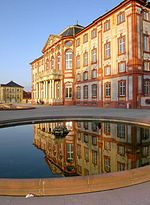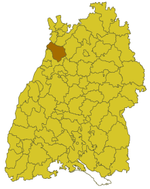Michelsberg culture
Archaeological cultures in BelgiumArchaeological cultures in FranceArchaeological cultures in GermanyArchaeological cultures in the NetherlandsArchaeological cultures of Central Europe ... and 2 more
Archaeological cultures of Western EuropeNeolithic cultures of Europe

The Michelsberg culture (German: Michelsberger Kultur (MK)) is an important Neolithic culture in Central Europe. Its dates are c. 4400–3500 BC. Its conventional name is derived from that of an important excavated site on Michelsberg (short for Michaelsberg) hill near Untergrombach, between Karlsruhe and Heidelberg (Baden-Württemberg). The Michelsberg culture belongs to the Central European Late Neolithic. Its distribution covered much of West Central Europe, along both sides of the Rhine. A detailed chronology, based on pottery, was produced in the 1960s by the German archaeologist Jens Lüning.
Excerpt from the Wikipedia article Michelsberg culture (License: CC BY-SA 3.0, Authors, Images).Michelsberg culture
Michaelsbergstraße, Verwaltungsgemeinschaft Bruchsal
Geographical coordinates (GPS) Address Nearby Places Show on map
Geographical coordinates (GPS)
| Latitude | Longitude |
|---|---|
| N 49.087777777778 ° | E 8.5616666666667 ° |
Address
Michaelsbergstraße 55
76646 Verwaltungsgemeinschaft Bruchsal (Untergrombach)
Baden-Württemberg, Germany
Open on Google Maps








